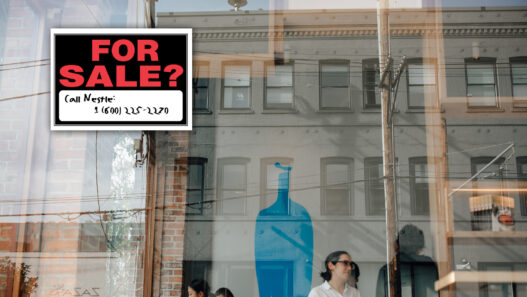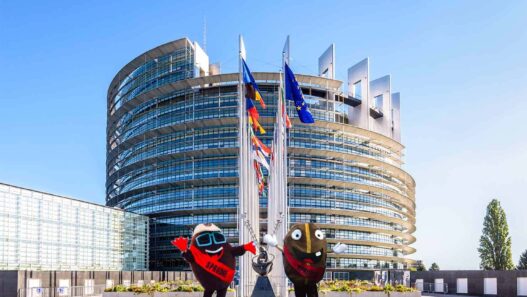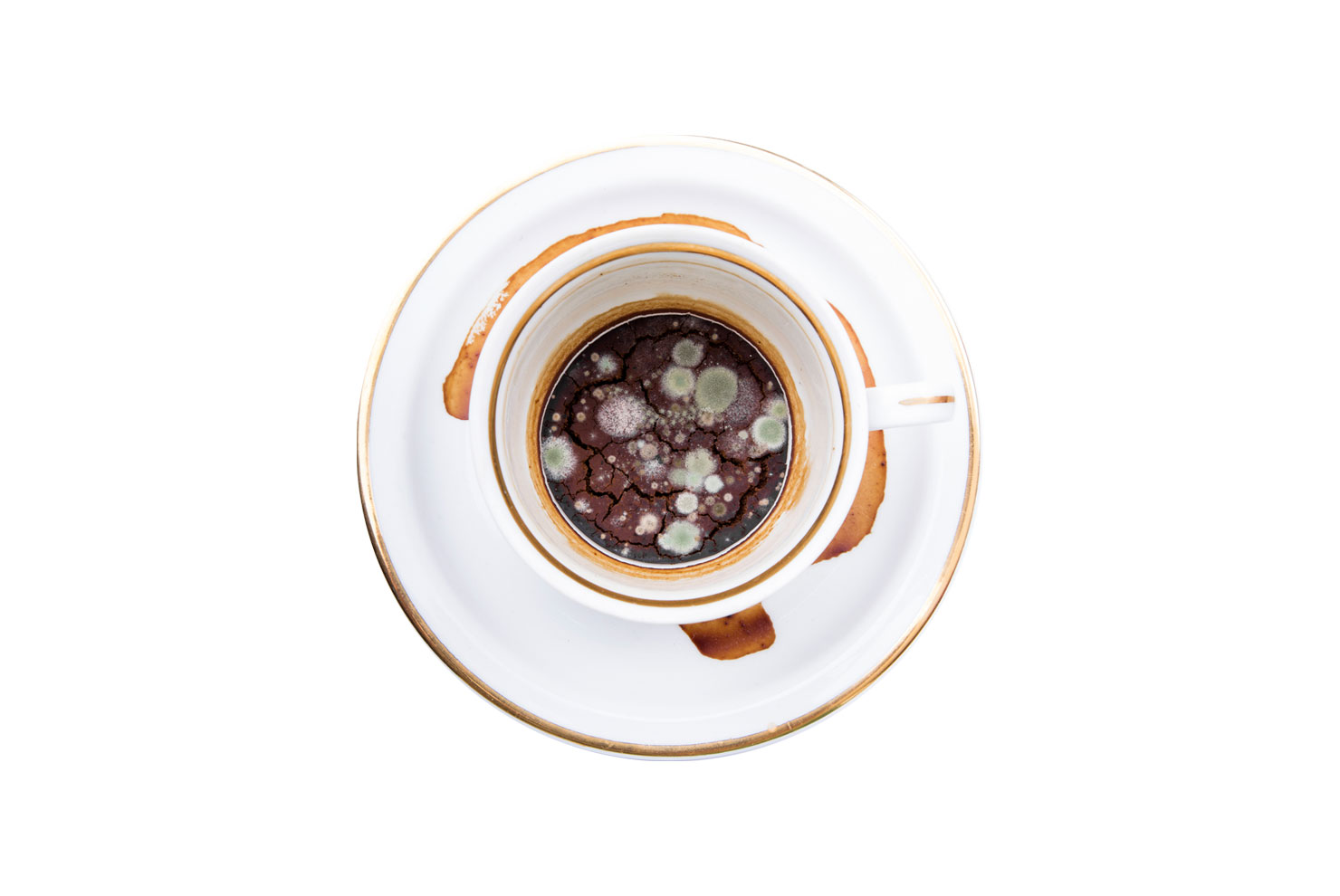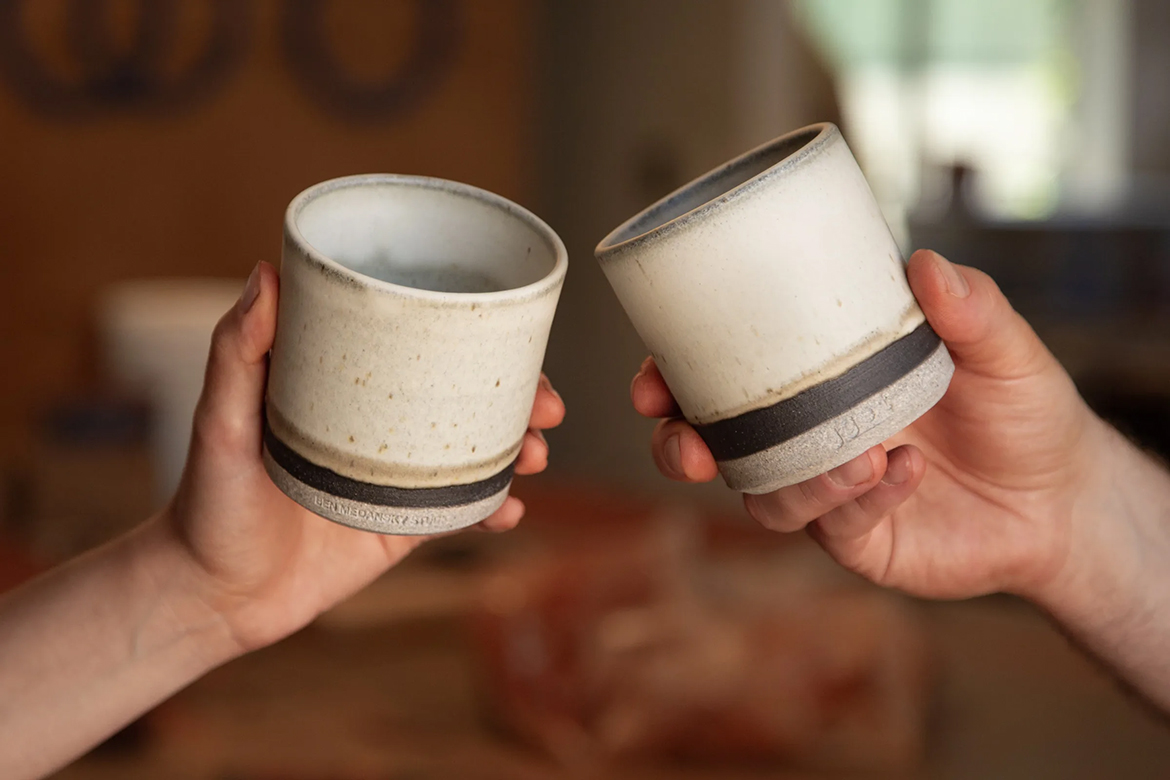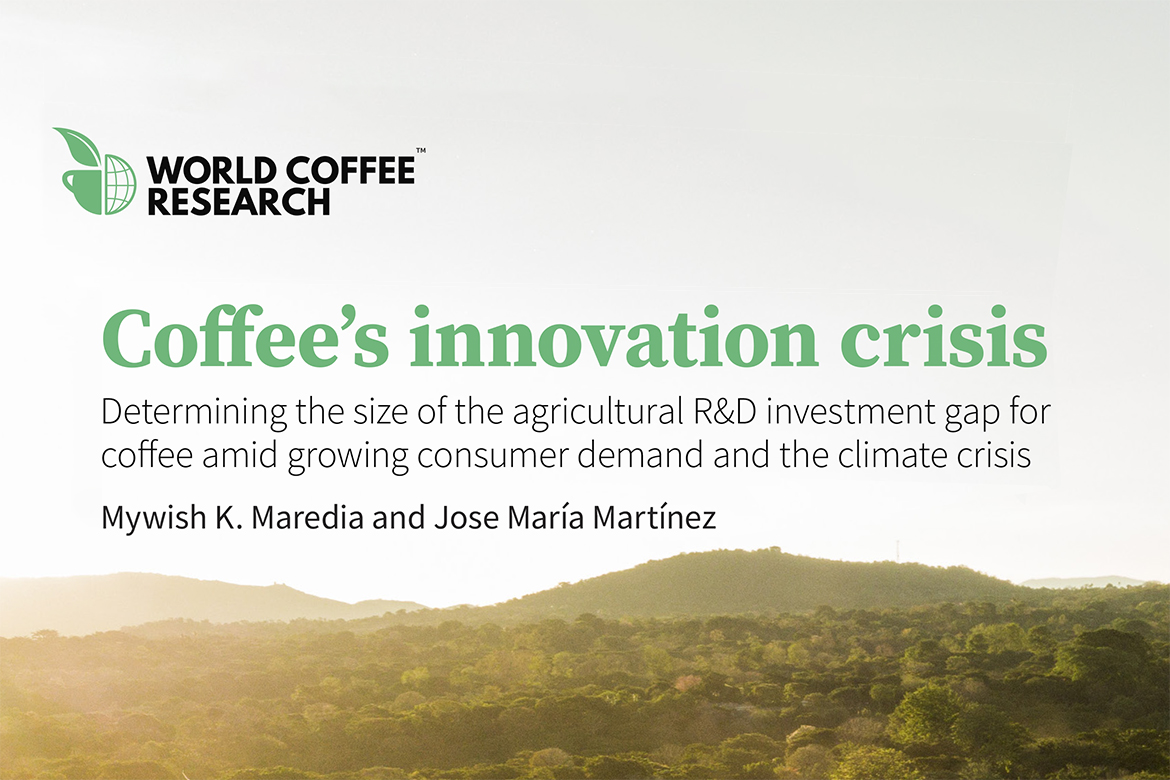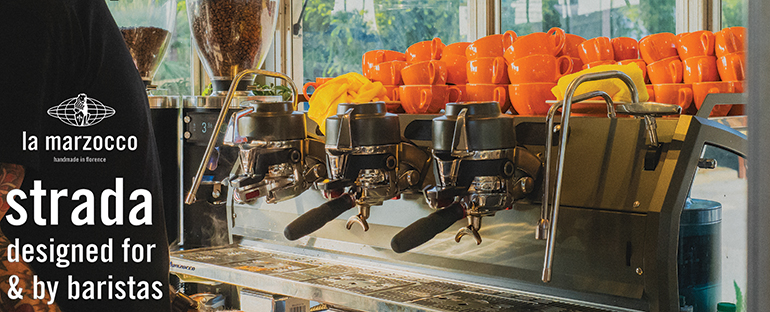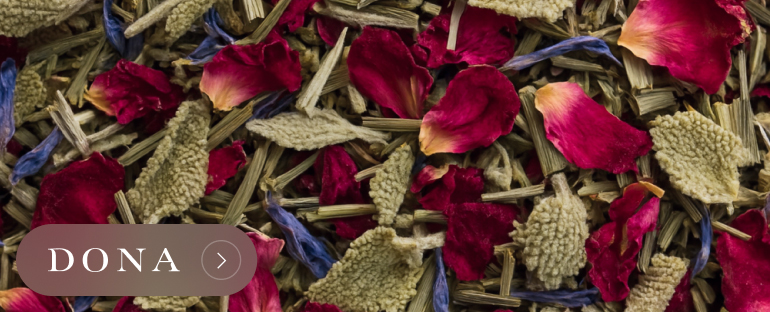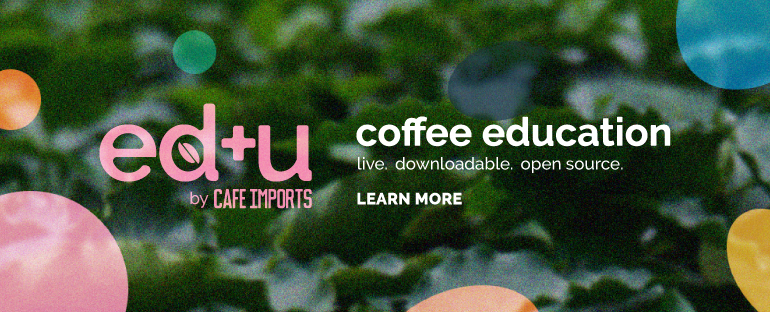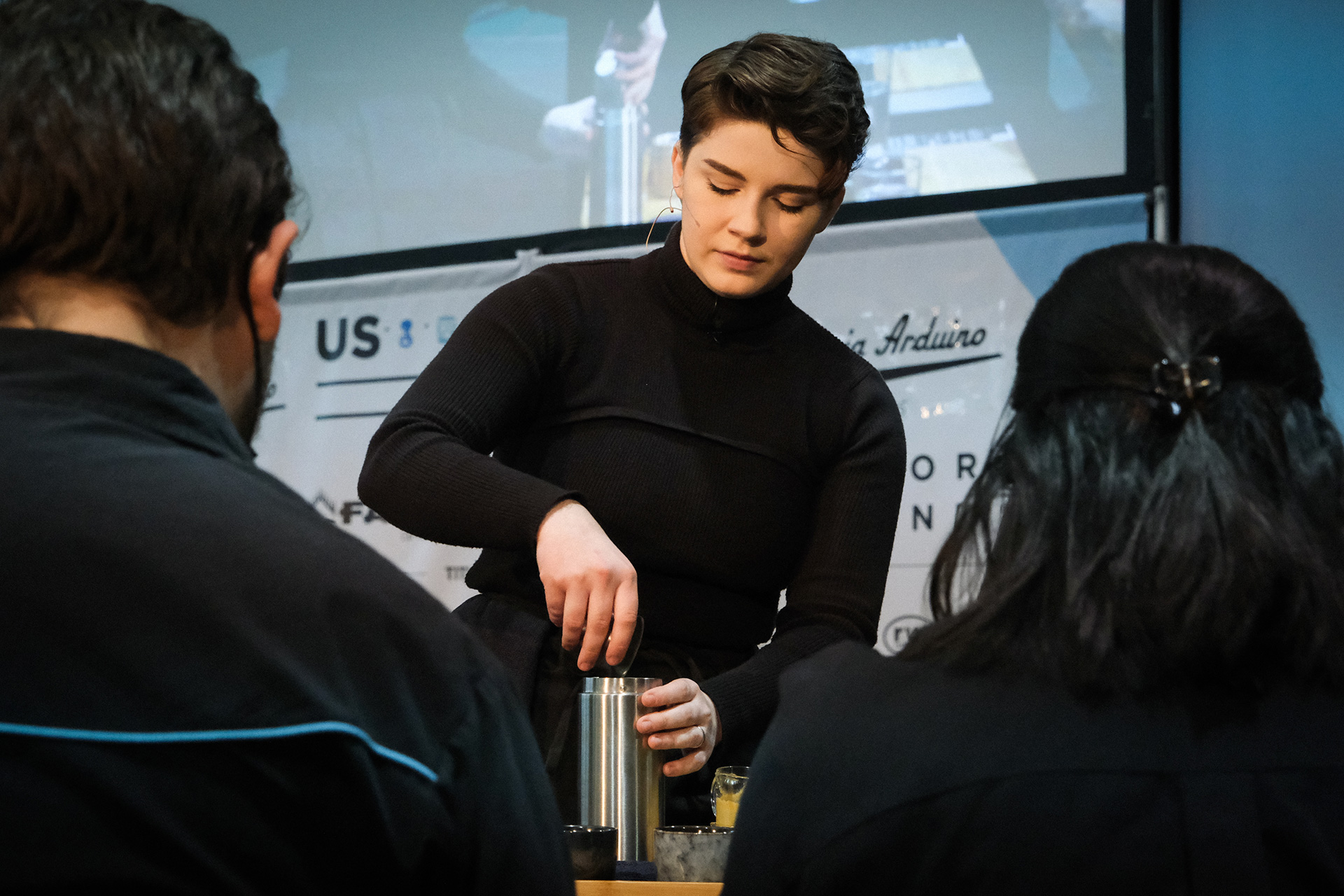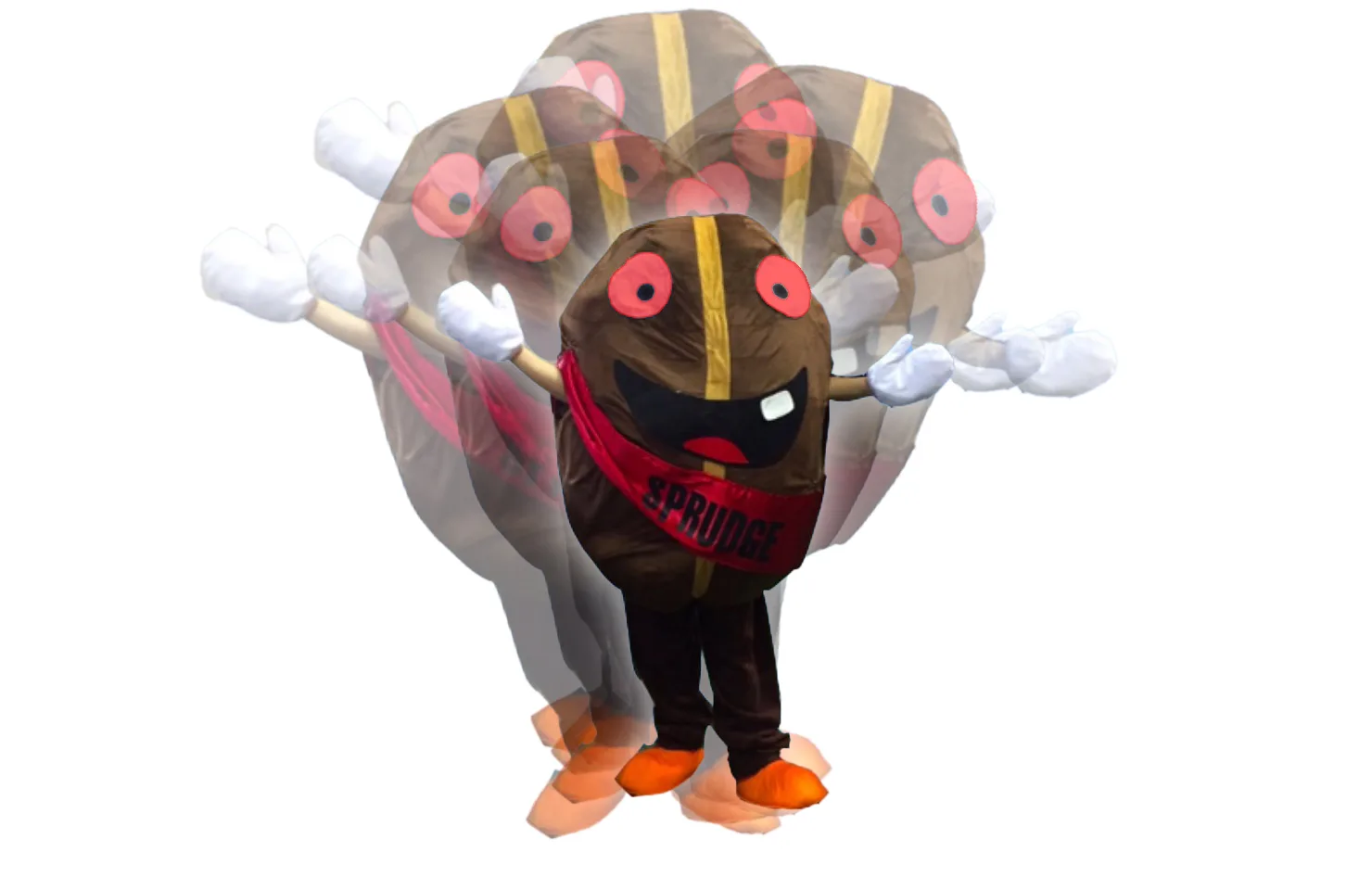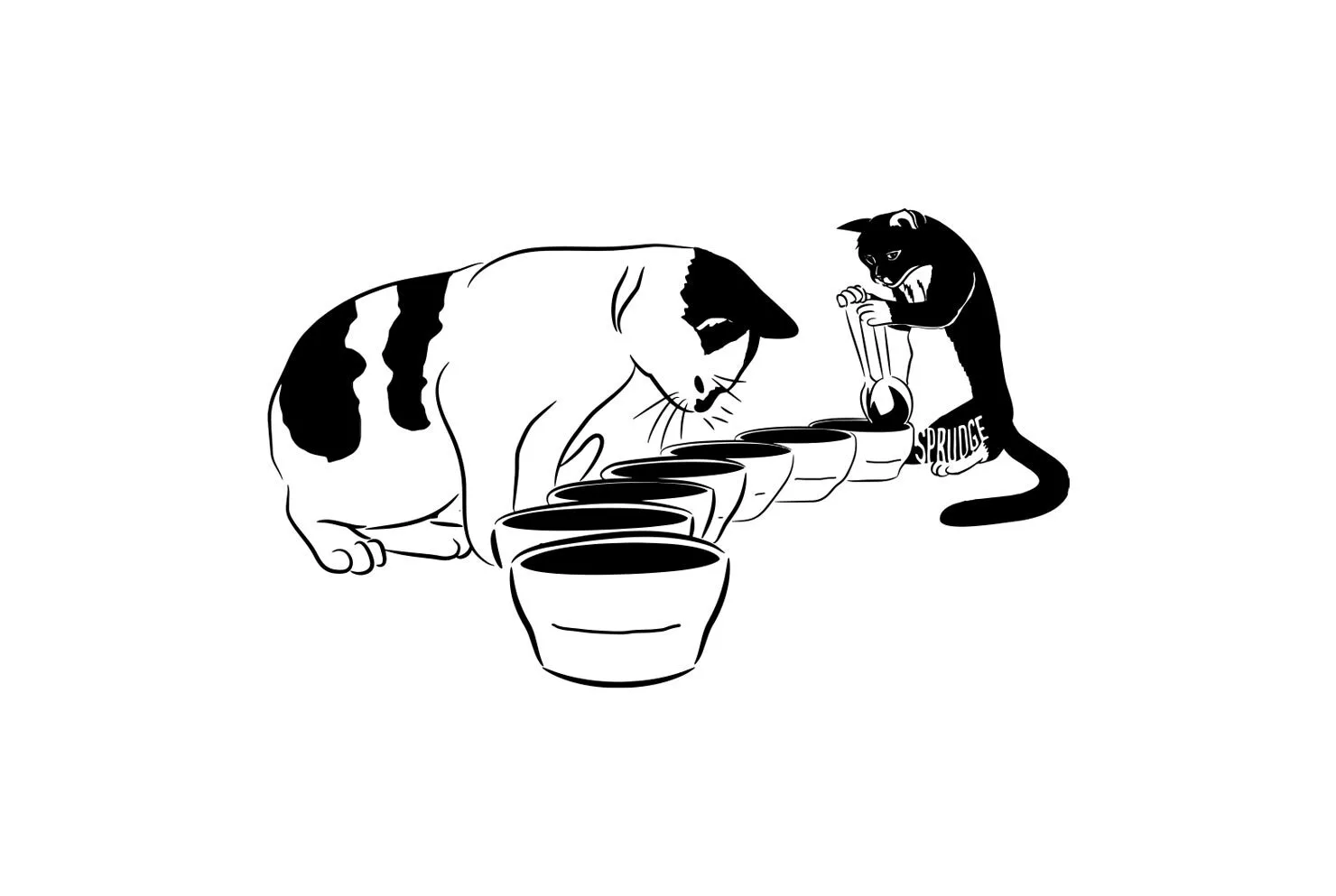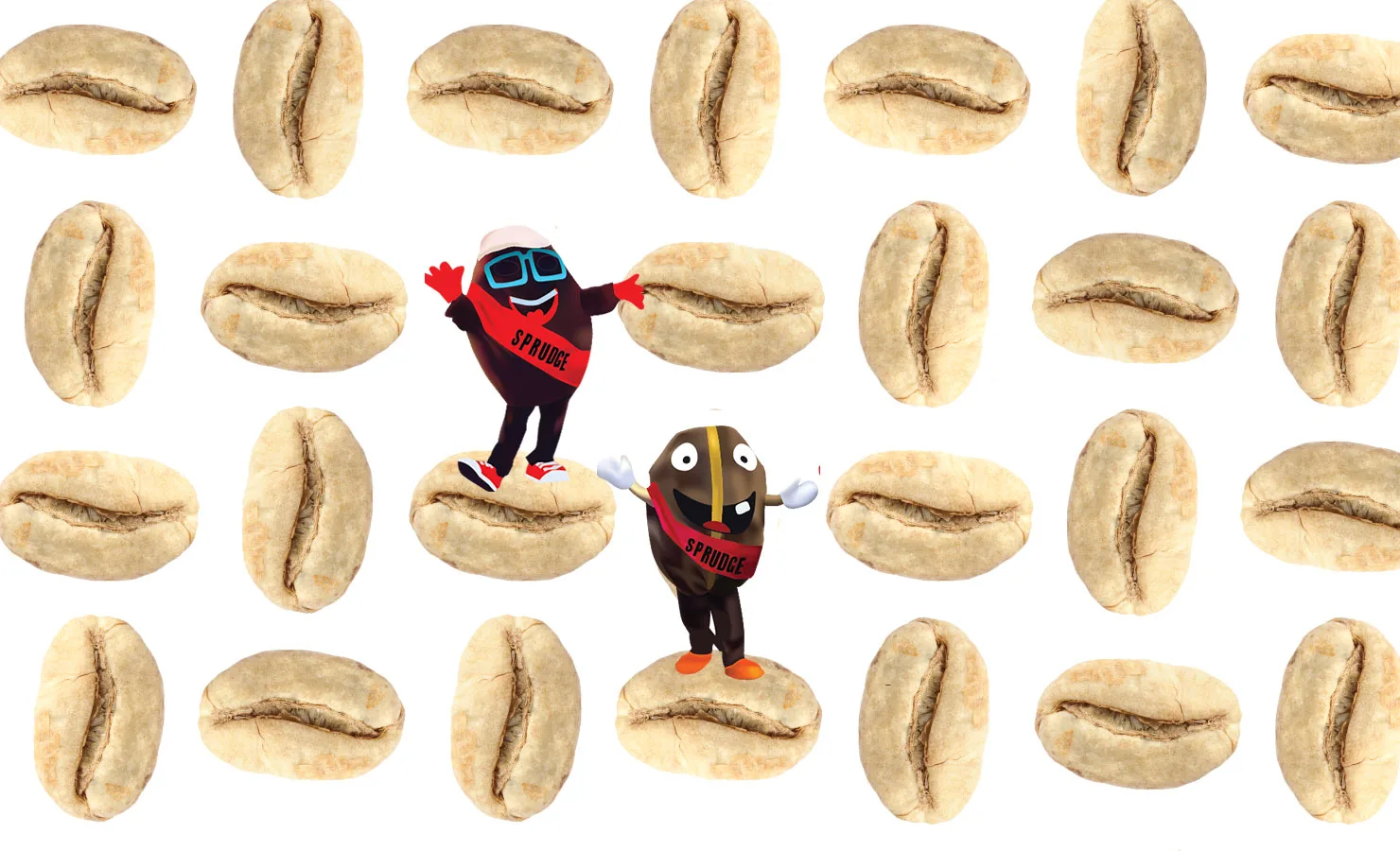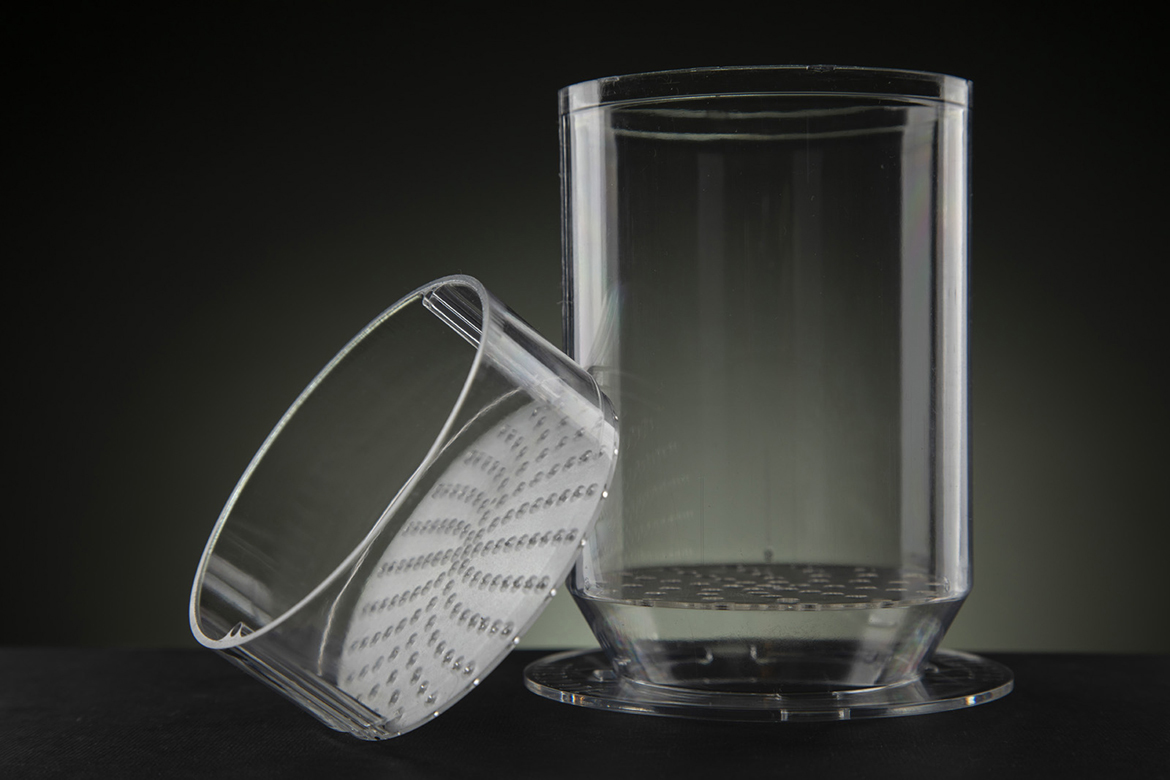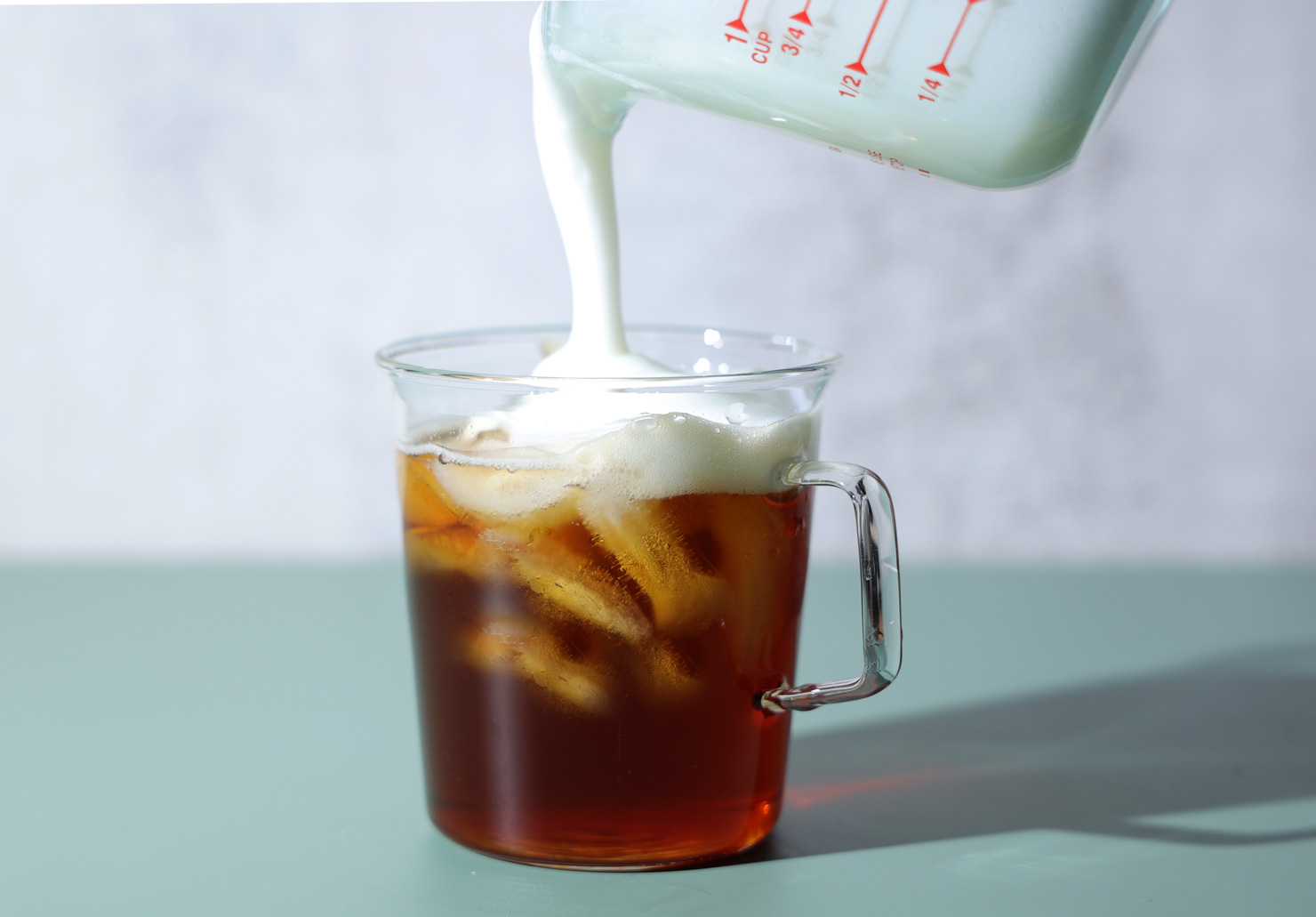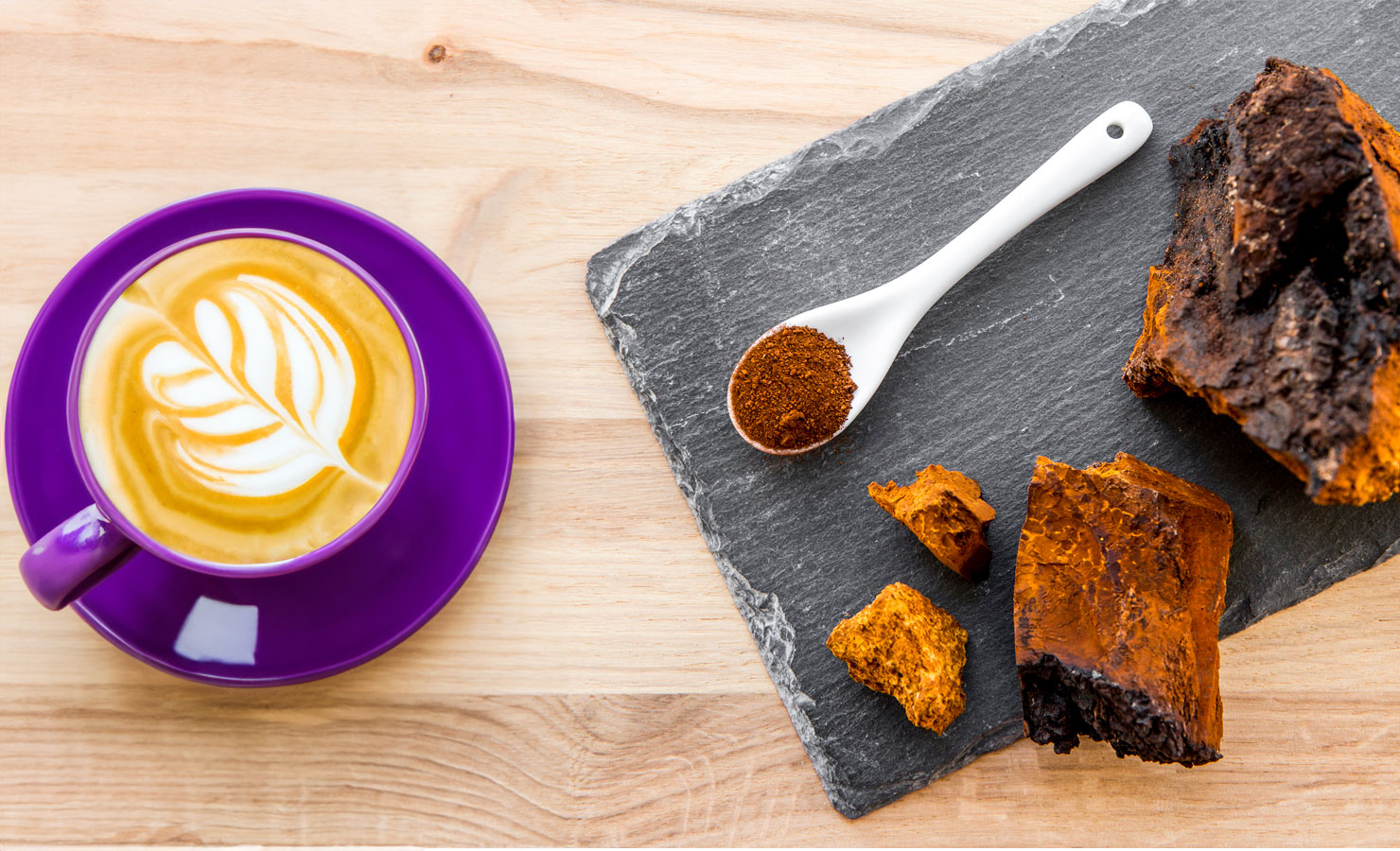What are mycotoxins?
Mycotoxins are a variety of toxic substances produced by microfungi and mold. They can occur anywhere mold can occur, particularly in warm and humid conditions, which means they may also occur in food and coffee as those goods journey from production to consumption. The World Health Organization (WHO) cites cereals, nuts, spices, dried fruits, apples, dried chiles (or “chili”), and coffee beans as foods on which mycotoxin-producing molds may grow. It is important to remember that the presence of mold does not equal the presence of mycotoxins, or the certainty that mycotoxins will grow. There are lots of different mycotoxins, and not all of them grow on all food products.
So which mycotoxins can be found in which foods?
Some popular mycotoxins you may hear about include Aflatoxins (which tend to grow on grains, nuts, and spices), Patulin (which favors apples and apple products), Deoxynivalenol, or “DON”, which frequently affects cereal grains, and Ochratoxin A (OTA). Aflatoxins and OTA are the mycotoxins that folks who worry about this worry most about in coffee.
What are the health concerns about mold and mycotoxins in my coffee?
OTA is considered to be potentially harmful to the kidneys, as well a danger to the immune system, and is carcinogenic in rats and mice. Currently, there are no federally regulated limits for OTA in the United States. In the EU, regulatory standards prohibit more than 3.0µg/kg of OTA in roasted coffee.
Aflatoxins are regulated in several parts of the world, and are set at a limit of 20ppb in the US for all foodstuffs. Fascinatingly, science has found that coffee contains properties—like caffeine—which may inhibit the damage caused by Aflatoxins, particularly to the liver. (The bad news is that this means decaffeinated beans are more likely to contain aflatoxins, though a good decaffeinator will be monitoring carefully to control moisture along the way.)
OK. Are mycotoxins really in my coffee or what?
“There is no way to tell if a coffee has been contaminated by OTA unless it is tested by a lab,” says Emma Sage, Director, Education Resources at the Coffee Quality Institute. “These mycotoxins can be formed during coffee processing or even during storage if less than ideal methods or improper conditions are present,” she explains.
Though some brands do market their coffee as “mold-free” or “mycotoxin-free” (and some even test for it!), without knowing a company’s standards you won’t know for sure what that means. If you consume grains, dried chiles, or dried fruits, you’re already exposed to mycotoxins at low levels, so keep that in mind before pouring that fresh-brewed cup into a potted plant, or going all-in on marketing claims around a specific coffee being “free of mycotoxins” and so forth.
So should I be worried about mycotoxins in coffee, or should I not be worried?
Being worried is a personal choice. If you’re seeking an authoritative stance on how many mycotoxins make it into coffee or how dangerous they are for you, you’ll get a different answer (or no answer!) depending on who you ask.
Organizations that represent the financial interests of the consumer coffee industry will assure you that mycotoxins are not an issue of concern. Dr. Mark Corey, head of science and regulatory affairs for the National Coffee Association, tells Sprudge that “mycotoxins are not present at levels that would cause a safety risk,” adding impressively that “an average adult would need to consume up to 410,000 8 oz servings of brewed coffee per day to exceed safety levels established by scientific studies.” Dr. Corey offered a citation to this scientific study, funded by the National Coffee Association.
Conversely, many companies wishing to crest the wave of the wellness movement have popped up selling these “mold-free” coffees, and some are likely more legitimate than others. If a mycotoxin-free coffee brand is your jam, make sure to select one that’s transparent about its testing process and results. One such brand that does conduct testing is Purity Coffee, a health-claim-forward brand out of South Carolina.
“Mycotoxin is one of the biggest controversies in coffee,” says Ildi Revi, Chief Coffee Officer at Purity. “The main thing is, I don’t want it to seem like it’s not a thing, and at the same time I don’t want it to be alarmist,” she says.
While not sounding the alarm too loudly, Revi described to Sprudge a litany of ways mold can be introduced into coffee besides during processing at origin—like at the roaster itself. “Roasters stick their hands in the coffee, they fondle the coffee,” says Revi. She adds that roasters who scoop green and roasted coffee with the same tools, or cool down roasting beans by quenching them with water also risk introducing mold, and the potential for mycotoxins.
But doesn’t roasting kill off mycotoxins in coffee?
Roasting hasn’t been proven to fully eradicate mycotoxins, but if you love a super dark roast and hate mycotoxins, you are totally in luck! “The darker the roast, the more likely OTA is to be broken down,” says CQI’s Sage. “But this comes with certain tradeoffs, not the least being flavor.”
I drink mostly organic, specialty-grade coffee. Do I still have to concern myself with this?
There is a school of thought that holds that since specialty-grade coffee scoring (80+ points on the standard Specialty Coffee Association scale) would, by default, eliminate obviously moldy coffees, that the amount of mold-containing, potentially mycotoxin-producing coffees that are sold to specialty roasters and importers would be negligible.
However, studies have shown that mycotoxins can be found even within coffees classified as specialty. (And as has been established, it’s possible for coffee to grow mold and fungi at stages beyond initial processing.) The question of how big a concern this is within the specialty coffee industry remains an open one—however, we were not able to obtain the views of the Specialty Coffee Association, who were unreachable for comment on the subject.
I’ve read hundreds of words about mycotoxins in coffee so far and I still don’t know what to think about it.
Look—we’re all just trying to live, right? Maybe you’re a city-dweller already taking on heaps of pollution just breathing the air, or hell, maybe you live in a rural area that’s increasingly finding itself on fire. Breathing air is trying to live, drinking coffee is trying to live—do we even have a choice to do either? Weigh your options at any given moment and decide as best you can given the information available.
If you want to buy coffee you’re more certain has been tested for mold and mycotoxins, you have these choices. No matter what you decide, we support you. We’ll be here for you… trying not to fondle the coffee.
Liz Clayton is the associate editor at Sprudge Media Network. Read more Liz Clayton on Sprudge.




